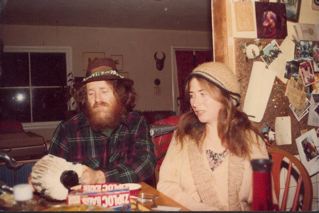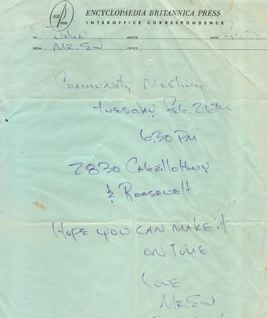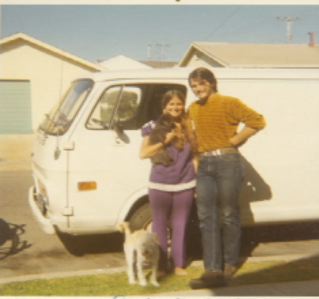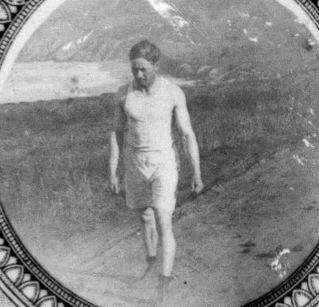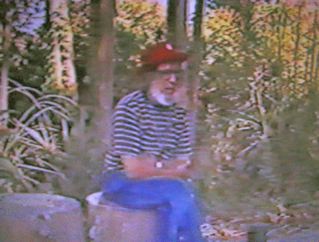[Prologue: To the young bohemians, the unpleasant message of the 1950s was that it was not the individual that was important, it was the individual’s possessions. The bohemians chose to live in abandoned warehouse lofts, took menial jobs–or didn’t work at all.
They were fervently anti-establishment. And jazz music was their religion. Many came from middle class homes and rattled the nerves and sensibilities of their elders as they spewed a mumbo jumbo about “acting out” and unleashing their inhibitions. They were members of the Beat Generation who patterned their lives on characters in Jack Kerouac’s book, “On The Road.” They revered the existentialist French philosopher Jean Paul Sarte and hung out at the City Lights bookstore near the cafes in North Beach in San Francisco.]
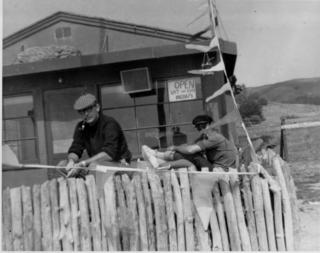 Photo: The Douglas brothers, Pete and Jack, hang loose at the Ebb Tide Cafe.
Photo: The Douglas brothers, Pete and Jack, hang loose at the Ebb Tide Cafe.
On a balmy Sunday afternoon in the fall of 1959, a ragtag crew of pranksters spilled out of the funky Ebb Tide Cafe onto dusty Mirada Road overlooking the sparkling Pacific Ocean at Miramar Beach. They were madly gyrating to the soundtrack from the celebrated movie, “Black Orpheus”–whose spectacular backdrop was the kaleidoscopic carnival in Rio de Janiero.
“It’s the music of the slums on the hills overlooking Rio de Janiero. In the hot sun, there’s nothing like it,” Pete Douglas, concert manager of the acclaimed Miramar Beach jazz house, the Bach Dancing & Dynamite Society, told me in 1979. Twenty years earlier the thin and wiry Douglas was in his late 20s–and the owner of the funky Ebb Tide Cafe–a weekend coffee shop and hangout for part-time Coastside beatniks.
…to be continued…


